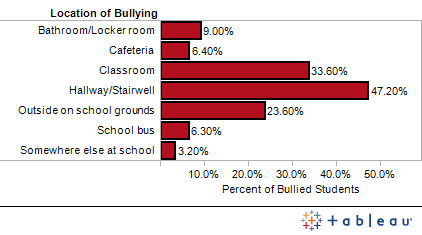Staff writer

Vampires and wizards are not the only subjects sweeping the youth literature market in recent years. But by looking a little deeper, at titles like Dear Bully, Hate List and Payback, one would see that books about bullying have flushed the market over the past several years. And it wasn’t in response to the media attention on the subject.
Nicole DuFort is a District Sales and Marketing Manager for Random House, the world’s largest publisher of books for young readers.
“The initiative to publish literature with bullying themes doesn’t come from the publishers or editors, she said. “It’s the authors who anticipated the national conversation and wrote about it.”
Manuscripts usually take one to two years before becoming published, said DuFort.
One such author is A.S. King, who penned Everybody Sees the Ants. Ants is the story of Lucky Lindeman, a high school student who endures extensive bullying at the hands of a classmate while he dreams of a grandfather he never knew.
Books like King’s are being recognized for the solace they can give bullied youth and their parents.
Continue reading “Youths turn to books on bullying”


